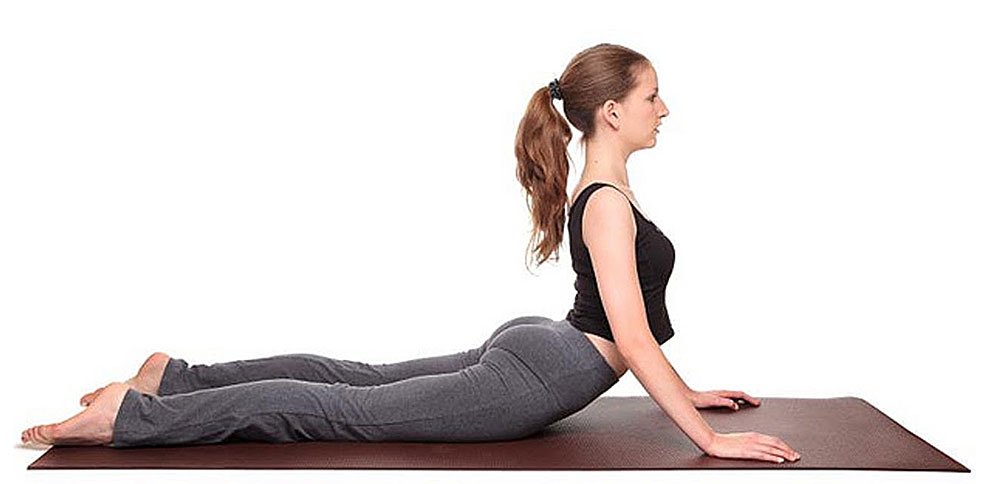Stretches can be associated with athletes or gym goers as preparation for training. However, this activity should be part of everyone’s routine, since the lack of flexibility can compromise the execution of basic tasks. People who have an inflexible musculature have a feeling of shortening. Thus, basic activities such as reaching for an object high on a shelf, dodging an obstacle, or playing with children can be a great effort. Therefore, to make this routine more comfortable and enjoyable, flexibility is an important point and Pilates can help.
What is flexibility?
Flexibility is the ability of the muscle structure to extend, without causing damage or injury, promoting a wide movement in a joint with ease. Between 13 and 15 years of age, the body reaches its maximum degree of flexibility, but over time there is a loss of tissue elasticity. A physical activity, such as Pilates, is capable of delaying this natural aging process and maintaining flexibility into adulthood and old age.
Pilates and flexibility
Pilates is one of the best physical activities for working flexibility. All your exercises focus on muscle strengthening and breathing, two factors linked to flexibility. Strength exercises and stretching are essential in the quest for more flexibility. In static stretching, the practitioner remains in one position for at least 30 seconds. The goal is to change muscle structure. In dynamic stretching, movements are performed that seek the maximum range of limbs.
Classification of flexibility in Pilates
In Pilates, flexibility is classified according to the type, range and joints involved. Are they:
- Ballistic flexibility is that which occurs quickly, without preparation, caused by an external agent. The body receives a sudden stretch that can cause injury;
- Static flexibility: like ballistics, it is also caused by an external agent, but it is performed slowly, gradually, respecting the limitations of the muscles;
- Dynamic flexibility: is the search for the maximum range of movements caused by the person in a quick way;
- Controlled flexibility: in this classification, the support of a part of the body is done slowly, with the contraction of the muscles in an isometric manner.
Breathing
Breathing, although it always goes unnoticed in everyday life, also plays an important role. In Pilates, the exercises are performed in coordination with breathing, which should be slow and deep. Breathing oxygenates the muscles, ensuring they work much more efficiently. In addition, taking a deep, mindful breath relaxes all muscle tension and prevents unwanted joint pain.
Why is flexibility important?
Picking up objects from a higher shelf, reaching for something farther away on the table, picking something up on the floor, changing a light, there are a number of simple activities in the daily routine that can be extremely easy or turn into a challenging exercise, depending on the level of flexibility of the body. As people get older, it becomes harder and harder to regain that flexibility. Thus, mainly, the elderly population loses independence and ends up resorting to the help of other people to help with everyday activities.
Another important factor is that when a joint is not capable of performing the movement in its entire range, this lack is compensated by another joint. Thus, this compensation site becomes overloaded and susceptible to the appearance of injuries, such as strains, sprains, and pain.
For all these qualities, Pilates is a strong ally of flexibility. The important thing is to always look for a specialized professional, who will carry out an assessment and a personalized training plan, taking into account the objectives, needs, and limitations of each practitioner. A flexible body guarantees independence, freedom, prevent pain, reduces physical limitations, and facilitates all daily activities.
Exercises
The exercises performed in a Pilates session to increase flexibility can be very varied to work your arms, legs, hips or spine.
Ground exercises can be done with the ball or without any accessories. An example is the exercises that force the student to try to reach the tip of the toes with the legs straight. They are simple postures, but they can bring great results over time.
For a more complete activity, it is also possible to use the equipment available in a Pilates studio. They will bring results faster and safer. The coolest thing is that these devices prevent injuries and respect the limitations and pace of each practitioner.
Cadillac, for example, stretches the back muscles and mobilizes the spine. Monkey is a unilateral exercise that mobilizes the spine, hip, ankle, and knee. The Stretches Side on the trapeze makes the student support the body on the bar and stretch the leg laterally. This exercise strengthens the inner thigh.
It is also interesting to combine the devices with other accessories, such as making a trunk extension on the device over the ball.
Muscle Oxygenation
Restoring range of motion and having a more flexible body increases oxygenation in the muscles. This practice also prevents problems that bring limitations. Some examples are tendonitis and some injuries.
Pilates also helps to realign posture, reduce uncomfortable back pain, relax joint tensions, and significantly increase mood.
Results are obtained gradually. However, the benefits are noticeable with each session. This gives students the motivation and persistence needed to move forward in pursuit of more flexibility.
Therefore, Pilates is a great alternative for those who need to gain flexibility or maintain it. To obtain the desired results, it is essential to have expert guidance and perform the exercises in accordance with physical fitness.
Discover more from Pilates All Ages
Subscribe to get the latest posts sent to your email.
